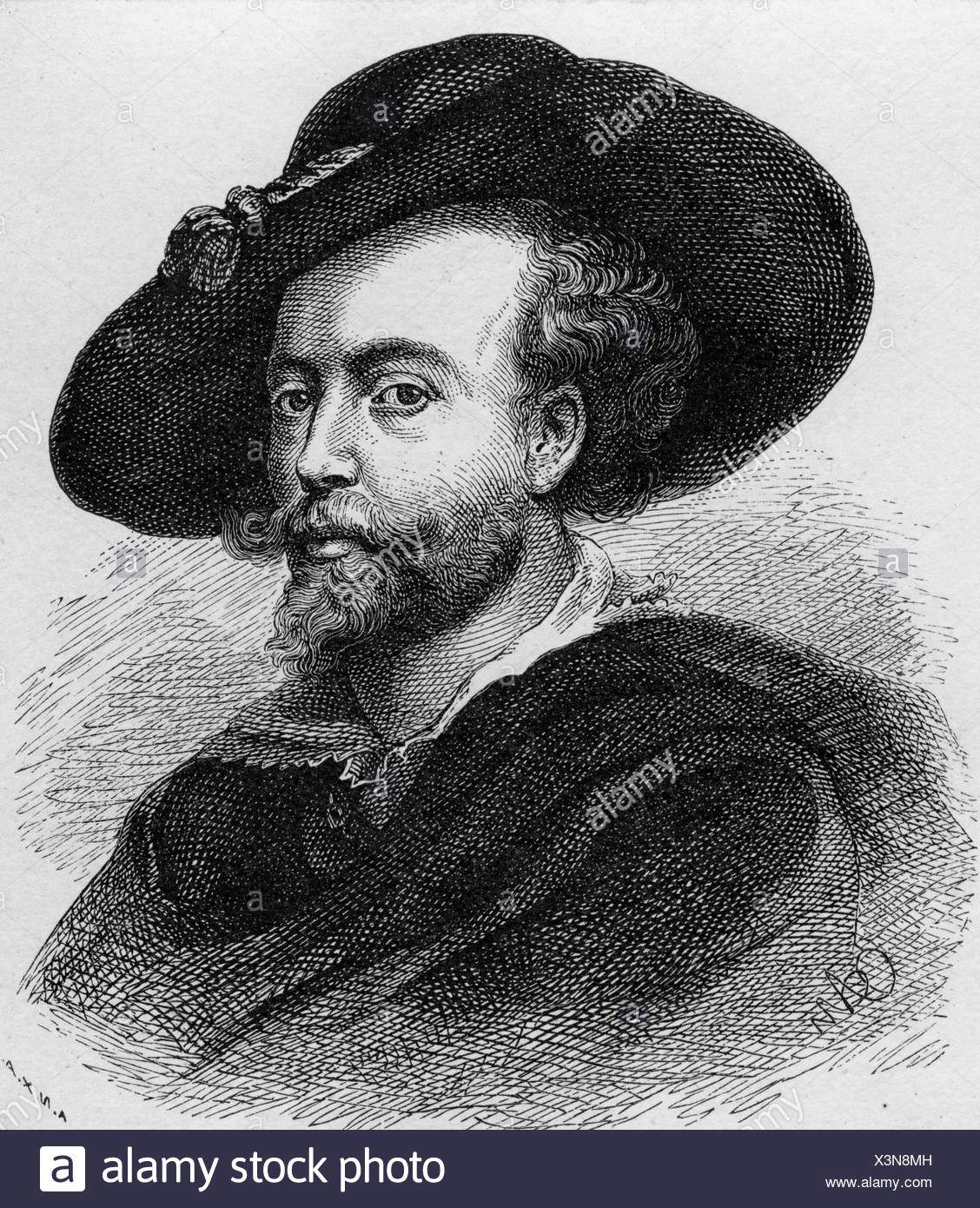


His artistic education also began around this time. As a page, Rubens mastered court etiquette and developed his celebrated knowledge of languages, skills that would serve him well later when he was a European diplomat. 4Īfter his school years, Rubens served for some time as a page to Comtesse Marguerite de Ligne (1552–1611), an appointment he doubtless owed to his father’s previous aristocratic relationships. Although Rubens may not actually have met Lipsius, he did portray himself with his brother and the humanist two times in friendship portraits, the second one made shortly after Filips’s death in 1611. 3 Rubens’s older brother Filips (1574–1611) had heard Lipsius lecture in Leuven and was part of his circle of friends, as was Peter Paul, who continued to correspond with one another even after the scholar’s death. 2 Lipsius’s Christian interpretation of stoicism was a particularly significant source of inspiration for the artist.

He derived his understanding of classical antiquity and literature in part from the ideas of Justus Lipsius (1547–1606), an influential Dutch philologist and humanist. Rubens’s study at the Latin school in Antwerp laid the foundations for his later status as a pictor doctus, an educated humanist artist who displayed his erudition not with a pen, but with a paintbrush. Shortly after his death in 1587, his widow returned with her children to Antwerp. When the liaison came to light, Jan was banished to prison for some years. There he was the personal secretary of William I of Orange’s (1533–84) consort, Anna of Saxony (1544–77), with whom he had an affair. 1 Jan had also been an alderman of Antwerp, but fearing reprisal for his religious tolerance during the Beeldenstorm (Iconoclastic Fury), he fled in 1568 and took refuge with his family in Cologne. His parents were the lawyer Jan Rubens (1530–87) and Maria Pijpelincx (1538–1608). Peter Paul Rubens was born in Siegen, Germany, on 28 June 1577.


 0 kommentar(er)
0 kommentar(er)
